
Volta Drills Wide, High-Grade Rare Earth Oxide Mineralization at Springer REE Project in Ontario, Canada
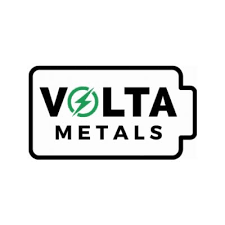
First borehole intersects 1.11% TREO over 197.5m, including 1.64% TREO over 69.5m
HIGHLIGHTS
- First borehole (SL25-23) returned 0.85% Total Rare Earth Oxide (TREO) over 383.5m (from 44 to 427.5m) within which higher grade zones occur.
- Total intercept is comprised of high-grade premium magnet Light Rare Earth minerals:
- Praseodymium and Neodymium with grades of up to 0.33% and 0.96% respectively.
- Premium magnet Heavy Rare Earth minerals intersected include:
- Terbium (up to 39 g/t) and Dysprosium (up to 154 g/t).
Volta Metals Ltd. (CSE: VLTA) (FSE: D0W) is pleased to announce assay results from the first borehole recently drilled at the Springer Rare Earth Deposit, located outside of Sturgeon Falls, Ontario, Canada (Figure 1).
Borehole SL25-23 was drilled to confirm mineralization grade and continuity in the top 200 metres of the historic resource estimate, and to test for additional mineralization at depth (Figure 2 and Figure 3). The thick TREO intercept, within which multiple higher-grade zones occur, is predominantly comprised of Light Rare Earth Elements such as Praseodymium, Neodymium, Lanthanum, and Cerium. These LREEs are all used in the manufacture of a wide range of high-tech products including powerful permanent magnets for specialty technology and electronics applications. Additionally, significant amounts of Heavy Rare Earths such as Dysprosium, Terbium, and Yttrium, used in permanent magnets, LED, fluorescent lighting, and lasers, were also encountered (Table 1).
Table 1. Select Assay Results from Borehole SL25-23
| TREO % |
From (m) |
To (m) |
Width* (m) |
Premium Magnet Heavy Rare Earth Elements g/t |
Premium Magnet Light Rare Earth Elements g/t |
|||||
| Terbium (Tb) | Dysprosium (Dy) | Yttrium (Y) |
Neodymium (Nd) | Praseodymium (Pr) | Lanthanum (La) | Cerium (Ce) |
||||
| 0.85 | 44.0 | 427.5 | 383.5 | 3.87 | 16.0 | 53 | 706 | 227 | 1,475 | 2,363 |
| 1.11 | 44.0 | 241.5 | 197.5 | 7.5 | 31.1 | 103 | 1,371 | 440 | 2,864 | 4,588 |
| 3.01 | 81.0 | 88.0 | 7.0 | 8.9 | 32.9 | 89 | 3,346 | 1,187 | 8,021 | 12,737 |
| 1.64 | 123.0 | 192.5 | 69.5 | 13.7 | 56.0 | 181 | 2,763 | 906 | 6,002 | 5,918 |
| 3.82 | 183.5 | 189.0 | 5.5 | 28.4 | 114.1 | 367 | 4,746 | 1,492 | 9,921 | 15,605 |
| 1.99 | 169.5 | 192.5 | 23.0 | 14.9 | 59.5 | 181 | 2,497 | 781 | 5,141 | 8,130 |
| 5.12 | 304.5 | 305.7 | 1.2 | 31.9 | 121.0 | 404 | 5,400 | 1,700 | 11,000 | 17,400 |
| 1.48 | 270.0 | 271.0 | 1.0 | 12.1 | 53.2 | 205 | 1,650 | 444 | 2,100 | 3,920 |
| 8.67 | 186.0 | 187.5 | 1.5 | 39.0 | 154.0 | 500 | 7,080 | 2,250 | 15,800 | 24,200 |
*: Drill intercept, not true width.
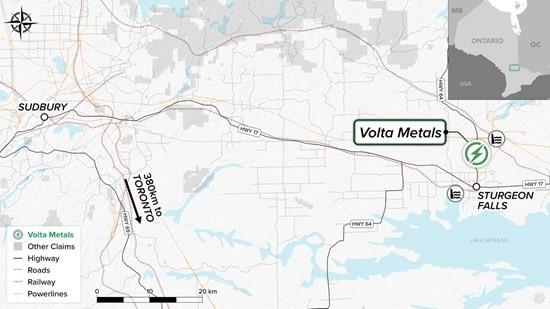
Figure 1. Location of the Springer Rare Earth Element Deposit
Borehole SL25-23 was drilled at a -45° angle to test the extension of mineralization along dip. The planned depth for the borehole was 350m; however, due to continued mineralization, drilling continued and eventually terminated at 453m downhole (Figure 3 and Figure 4). Drillhole intercepts drilled at the Springer Rare Earth Deposit are core lengths and not true widths. True width will be determined once the geological modelling to define the ore controls is completed.
The Company expects to have the assay results from the second borehole in the coming two weeks.
“We’re very pleased with the outcome of our first Springer borehole,” said Kerem Usenmez, President and CEO of Volta. “Not only does it validate the historical resource, but it also confirms that high-grade mineralization continues at depth. This strong start gives us great confidence in the remaining drillholes and the upcoming mineral resource update.”
DETAILS
Borehole SL25-23 was designed to confirm the presence of high-grade rare earth elements and potential gallium mineralization intersected in historical borehole SL11-03 (Figure 3). The first 200m of the borehole confirmed the presence of high-grade mineralization (gallium assays are pending).
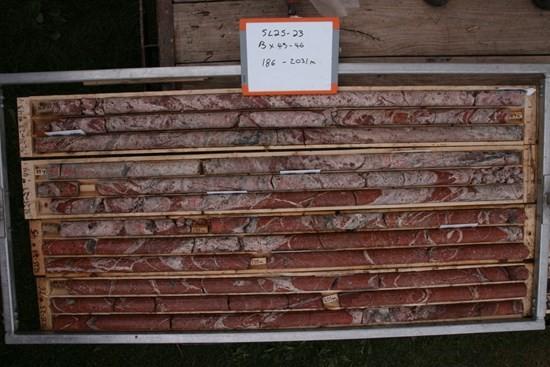
Figure 2. High-grade carbonatite mineralization with grades up to 8.67% TREO over 1.5m in borehole SL25-23.
The assay results verify and extend the host carbonatite complex at depth and will be utilized to update the historic NI 43-101 resource estimate (TREO of 4.167 million tonnes (“mt“) at 1.073% TREO indicated and 12.73mt at 1.119% TREO in the inferred resource category at a cut-off grade of 0.9% TREO – Daigle P., May 4, 2012, Technical Report and Resource Estimate of the Lavergne-Springer REE Project, Ontario, Canada, Tetra Tech Wardrop).
Table 2. Borehole Collar Information
| Project | Hole ID | Azimuth (°) |
Dip (°) |
Start (m) |
End (m) |
| LavergneSpringer25 | SL25-23 | 270 | -45 | – | 453 |
| LavergneSpringer25 | SL25-24 | 270 | -85 | – | 465 |
| LavergneSpringer25 | SL25-25 | 268 | -80 | – | 423 |
| LavergneSpringer25 | SL25-26 | 290 | -70 | – | 297 |
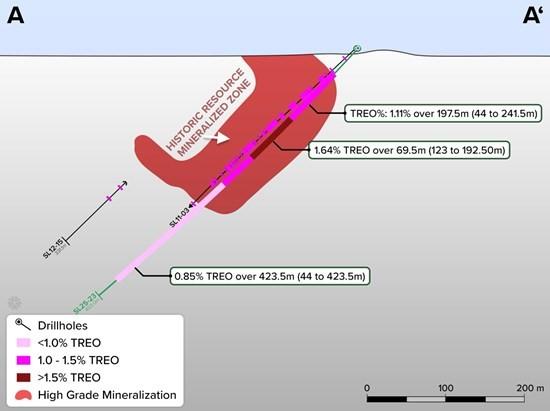
Figure 3. Cross-Section highlighting REE Intercepts in borehole SL25-23
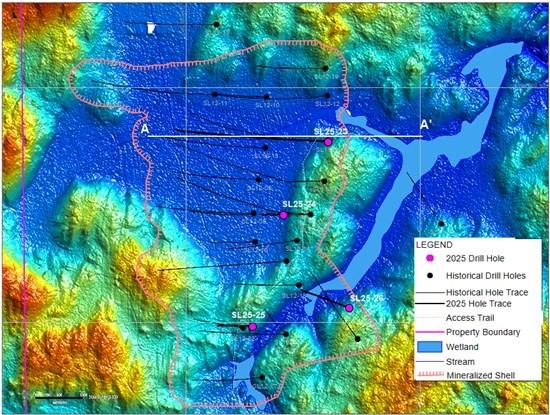
Figure 4. Drillhole Collars with the Historic Resource outlined on LIDAR topographic Map.
About the Springer Rare Earth Deposit
The 2012 resource estimate presented for the Springer Rare Earth Project is historic in nature. Volta’s qualified person has not completed sufficient work to confirm the results of the historical resource. Volta does not treat this as a current mineral resource but considers it relevant as a guide to future exploration and includes it for reference purposes only. The historic resource was estimated by Tetra Tech Inc. in 2012.
The block model and mineral resource for the Springer Rare Earth Project is classified as having both Indicated and Inferred Mineral Resources based on the number of drillholes, drillhole spacing and sample data populations used in the estimation of the blocks. The mineral resource estimate for the deposit, at a 0.9% TREO cut-off, is an Indicated Resource of 4.2 Mt at 1.14% TREO, 0.02% ThO2 with approximately 6% of the TREO being made up of heavy rare earth oxides; and an Inferred Resource of 12.7 Mt at 1.17% TREO, 0.01% ThO2 with approximately 4% of the TREO being made up of HREOs.
The 2012 mineral resource, based on 22 diamond drillholes, was estimated by Ordinary Kriging interpolation on uncapped grades for all 15 REOs and thorium dioxide. The TREO% is a sum of the 15 individual interpolations of the REOs. No recoveries have been applied to the interpolated estimates.
The 2012 resource estimate categories are not compliant with the current CIM Definition Standards. No other resource estimates have been undertaken since the 2012 Tetra Tech Wardrop Report. Further drilling will be required by Volta to verify the historic estimate as a current mineral resource.
QA/QC Protocol
All drilling was completed by an Orbit Garant diamond drill rig producing NQ size core. Volta implemented a strict QA/QC protocol in processing all rock samples collected from the diamond core samples obtained from the Springer REE property. The protocol included inserting reference materials, in this case, high-concentration and low-concentration certified rare earth elements standards, blanks, and drill core duplicates, to validate the accuracy and precision of the assay results. All collected rock core samples were cut in half by a rock saw, placed in sturdy plastic bags and zip-tied shut while under the supervision of a professional geologist. The remaining half core is returned to the core box which is stored on the property. Sample bags were then put in rice bags and kept secure before being sent by road transport to Activation Laboratories Ltd. preparation facility in North Bay, Ontario. Sample preparation (code RX1) consists of drying and crush (< 7 kg) up to 80% passing 2 mm, riffle split (250 g) and pulverize (mild steel) to 95% passing 105 µm. The samples are subsequently analyzed at Activation Laboratories’ Ancaster, Ontario, site using Code 8-REE Assay (lithium metaborate/tetraborate fusion with subsequent analysis by ICP and ICP/MS).
Qualified Person
The technical content of this news release has been reviewed and approved by Andrew Tims, P.Geo., who is an independent Qualified Person as defined in National Instrument 43-101, Standards of Disclosure for Mineral Projects. The QP and the Company have not completed sufficient work to verify the historical information on the Springer Deposit and it is considered as “historic”, particularly regarding historical exploration, and government geological work.
ABOUT VOLTA METALS LTD.
Volta Metals Ltd. is a mineral exploration company based in Toronto, Ontario, focused on rare earths, gallium, lithium, cesium, and tantalum. It owns, has optioned and is currently exploring a critical minerals portfolio of rare earths, gallium, lithium, cesium, and tantalum projects in Ontario, one of the world’s most prolific and emerging hard-rock critical mineral districts.
MORE or "UNCATEGORIZED"
Doubleview Extends High-Grade Domains at Hat: H099 Returns 438m of 0.40% CuEq Including 52m of 1.02% CuEq, Expanding Mineralization Envelope Around Conceptual Pit Vertically and Laterally
Doubleview Gold Corp. (TSX-V: DBG) (OTCQB: DBLVF) (FSE: 1D4) is pleased to announce assay results f... READ MORE
Cosa Closes Upsized C$7.5 Million Private Placement
Cosa Resources Corp. (TSX-V: COSA) (OTCQB: COSAF) (FSE: SSKU) is pleased to announce that it ... READ MORE
Americas Gold and Silver Closes US$132.25 Million Bought Deal Financing
Americas Gold and Silver Corporation (TSX: USA) (NYSE American: USAS) is pleased to report that it h... READ MORE
1911 Gold Closes C$23 Million "Best Efforts" Life Offering & Private Placement and Provides Corporate Updates
1911 Gold Corporation (TSX-V: AUMB) (FRA: 2KY) is pleased to announce that it has completed its prev... READ MORE
Endeavour Silver Completes US$350 Million Offering of Convertible Senior Notes
Endeavour Silver Corp. (NYSE: EXK) (TSX: EDR) announced today the closing of its previously announce... READ MORE












